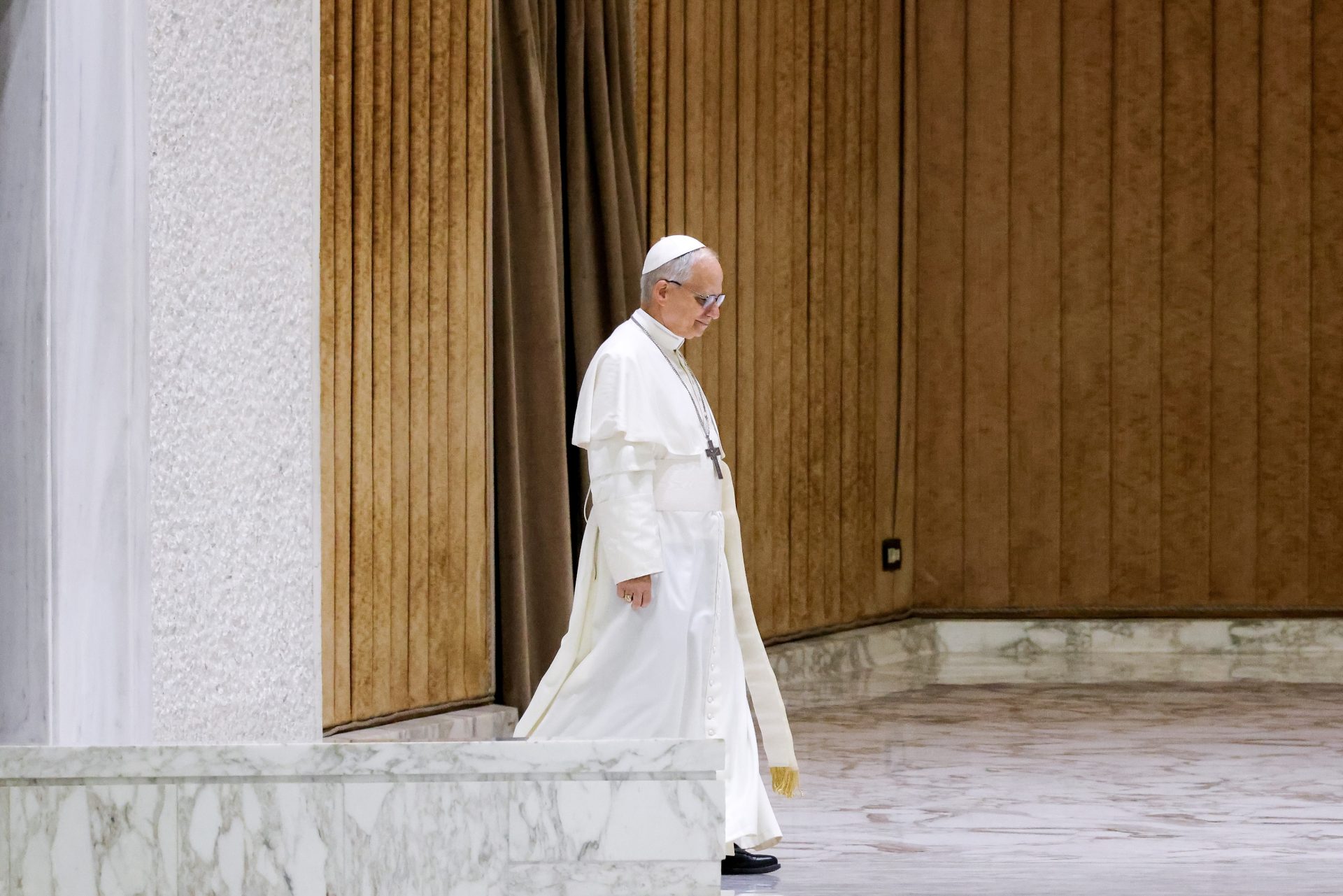
Holy Site SHATTERED—Can Israel Explain?
Three dead, a church shattered, and an international chorus of outrage—this is the fallout from Israel’s latest military strike in Gaza.
At a Glance
- Israeli tank fire hit Holy Family Church in Gaza, killing three and injuring several, including the parish priest.
- The strike drew swift global condemnation and intensified demands for a ceasefire.
- Israel claims the shelling was accidental; an internal investigation is ongoing.
- Religious leaders, including Pope Leo XIV, are demanding accountability and protection for civilians.
A Sanctuary in Ruins
On July 17, 2025, an Israeli tank shell slammed into the Holy Family Church compound in Gaza City. The attack killed three civilians and wounded at least ten others, among them Father Gabriele Romanelli, the parish priest. Once a refuge for hundreds of displaced Palestinians—including children with disabilities—the church now stands partly demolished, its walls scarred by war and its sanctity irreparably breached.
Since the conflict reignited in October 2023, Gaza has endured relentless bombardment and mass displacement. With thousands forced from their homes, churches like Holy Family became critical shelters. Despite its role as a haven, the site has repeatedly faced threats, culminating in this latest tragedy that has desecrated a place of peace.
Watch a report: Israel strikes the Gaza church the pope used to call nightly, killing 3, Reuters
Global Outcry and Demands for Ceasefire
The strike triggered immediate and widespread condemnation. The Latin Patriarchate of Jerusalem denounced it as a “flagrant violation of human dignity and the sanctity of religious sites.” Pope Leo XIV expressed profound sorrow, renewing the Vatican’s call for a ceasefire and a shift from military aggression to diplomatic dialogue. Italy’s Prime Minister Giorgia Meloni openly criticized Israel, holding it responsible and demanding an end to operations that endanger civilians.
Israel’s Foreign Ministry issued a statement expressing “deep sorrow,” emphasizing that religious sites are never intentional targets. The military promised a full investigation, but global leaders and human rights advocates argue that apologies and inquiries are insufficient. The international community is now demanding concrete safeguards to prevent further assaults on civilian sanctuaries.
Humanitarian Collapse Deepens
The Holy Family Church had been sheltering more than 600 civilians when the shell struck, compounding Gaza’s humanitarian crisis. Aid agencies warn that the destruction of such crucial havens worsens conditions for those already trapped in a siege-like environment, where access to food, medical care, and safety is severely limited.
For Gaza’s Christian minority, this event is more than an isolated tragedy—it deepens a pervasive sense of abandonment and threatens their cultural heritage. The attack underscores the vulnerability of religious and civilian spaces in modern conflict zones, amplifying calls from advocacy groups for stronger international protections.
The Moral Reckoning Ahead
Beyond the immediate devastation, the bombing of the Holy Family Church raises urgent questions about moral responsibility in warfare. The growing international backlash places pressure on Israel to reevaluate its military strategies and prioritize the protection of civilians and sacred sites.
The incident also spotlights the broader failure of world powers to intervene effectively in the Israeli-Palestinian conflict. Without decisive diplomatic action, the cycle of violence risks consuming even the few remaining sanctuaries left in Gaza.
The global response—led by religious authorities, humanitarian organizations, and political leaders—could be pivotal. Their unified demand for accountability and peace may yet force a reckoning, compelling both sides to confront not just the political, but the human cost of this ongoing war.


